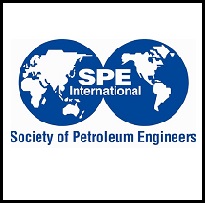Abstract
Reservoir flow control is important for maximizing hydrocarbon production. Traditional in-flow control devices (ICDs) attempt to balance the completion pressure differential with the reservoir pressure differential so that even flow across production zones is maintained. This maximizes oil production by delaying unwanted fluids from breaking through. Unfortunately, when lower viscosity fluids do break through, they take over the well, significantly reducing production of the desired hydrocarbon. This paper describes the design and function of a new self-adjusting in-flow control device (AICD). When hydrocarbons are producing from all zones, the AICD will behave as a traditional ICD, balancing flow. However, when low-viscosity fluids break through, the AICD chokes them, significantly slowing flow from the zone producing the undesirable fluids. This autonomous function enables the well to continue producing the desired hydrocarbons for a longer time, maximizing total production. The paper describes the laboratory testing performed to evaluate the performance of the new AICD in field-like conditions. Results from single phase experimental flow testing with model fluids are presented and discussed. The testing results proved that the AICD could restrict flow from zones producing undesirable fluids. The discussion further shows that if technology such as the new AICD is applied to new well completion designs, total hydrocarbon recovery will be enhanced, providing a significant benefit for production companies and those involved in design and modeling of new well completions.








